Marina Albu’s works (installations, video works and performance pieces) represent / present thoughts, feelings caused by a series of personal experiences but also generic ones which disturb the viewer because of their familiarity. After you encounter her works, you reconsider the feelings and the reactions you used to consider shameful, belonging only to the private space. Sometimes Marina Albu engages in the narration of the biological existence of the individual, revealing his/ her vulnerabilities, the tricks he/ she uses in order to fit the social canons, she submits the viewer to a disturbing process, to a sincere radiography.
In 2012 at Platforma Space you engaged in a re-enactment of one peculiar moment from our local spectacular history, a famous performance piece belonging to the artist Alexandru Antik created in 1986. How permissive was this appropriation and re-enactment of the performance piece “The Dream Has not Vanished” ?
In my view, it wasn’t truly a re-enactment, for me it meant multiple things, maybe three peculiar things. Firstly, I wanted to experience what I would feel like to be in his shoes, in his position. Maybe this is also the reason why I felt intrigued and I decided to approach this subject, to research it, to see what is going on in this realm, in performance art. I did it for me, to see how I would feel to be in a cage, how I would feel to be naked, confronted from the front by everyone, alone. I had done a performance piece before where I was naked, but I had company and then I did not feel so vulnerable. I was engaged in an action, there was a kind of ritual which took place in 1600 – 1700, somewhere in a castle. Everything was focused on clashing, hitting, you were not able to pay attention to the relation artist – public, you felt pain, you were totally mesmerized by the interaction with the other. You felt the light, the darkness on your body. Everything was too sensorial to remain in touch with the public which was in the distance .
In this re-enactment of Antik’s piece, it was completely different, I felt exposed, vulnerable. I felt extremely opened towards any thought, look, and, of course, we know that nowadays you are safe when you find yourself in a specific context, in a museum, an art gallery, in a theatre hall. Probably, if I had been on the street it wouldn’t have been the same, there are still rough things going on. But in a safe context, in a space ruled by conventions, there is something else, but still it feels to be more than I don’t know… to be with a few friends. When you are on one side and the others on the other side, on the same level, without clothes, trying to say some things, to understand by joint effort a series of things which are unknown, the atmosphere turns to be one of uncertainty, you are confused, because you don’t know exactly what are you talking about, what happened back then.
How important was for you what happened back then? How much did the performance done by Antik count?
I think it was only an excuse. On the other hand, I did the performance, as I said before, to try to understand. This is the reason why I created a similar scenography, the dressing gown, the paintbrush, the shelf. I also had a few objects like those of Antik, I created a situation similar to the one he had created. I was intrigued to do this because it impressed me, it seemed to me to be an important event. I can’t explain why… Maybe the story with the interruption of the performance counted or maybe because it had a resemblance to the Viennese Actionism, something which did not happen anywhere else in our country. Or maybe I did not hear about it. From what I saw, we were more into the relationship between man and nature. Somehow I tried to understand his psychology, but I was shocked by it because it was something between violence and the need for liberty, his misunderstanding of the world back then. For me, it was my inability to understand the society at that time but also my curiosities linked to the world of now. I somehow partially found myself in him, but not in the aggression he manifests. In my performance I brought cookies instead of objects with blood, savarinas with their red part. There was no symbolic link or maybe it was a reversed symbolism. I am interested in the idea of sacrifice but I did not have time to reflect on it quite well.
In the framework of the exhibition We Are All Vulnerable and There Is Nothing to Be Ashamed you offered a space for meetings, in March this year at ODD during the project Privately you invited people to join you for a drink (coffee, tea), to discuss, but also to stay overnight in the gallery space. All these, as it seems to me, are endeavours to reinforce the process of communication and interrelation. How did you see them?
Since I had entered the art world I was surprised by the type of interaction between the artists – public – curators. Everything seems to be fast forward, like a fast food, you stay a few minutes and after you pass to another person. You see a lot of artworks, but you don’t have time to stay, maybe it is a reflection of the world we live in. On the other hand, it seems odd, for example, I’ve known some people for ten years and we didn’t have time to stay with each other half an hour. Things always happened in the same framework so there were only a few minutes of interaction. For me the openings are always the same, short, a lot of people in the same place and at the same time. Maybe is our inner greed to get in touch with as many people as possible, because X, Y, Z are all here and you want to greet them all. When you create a larger temporal context, as the camping was, due to the fact that people are coming randomly, someone comes for five hours, someone only for three hours, there are also people who stay from the beginning till the end, so an intimate space is created. You can feel a natural connection. It’s something that seems to be missing in today’s society. When you go to theatre or to see the fireworks on New Year’s Eve everything feels the same. I don’t know why…
The lack of an authentic communication and a constant feeling of alienation and loneliness are a few ideas addressed in some of your performance pieces or video works. Are anxiety, hyper-technologisation, hedonism or a combination of all these the cause?
There are a lot of things that cause this type of feeling. The architecture of a park, for example, the benches are separate, arranged in a row. If someone comes and sits on a bench, you find it awkward to randomly take a sit near them. If you are with a friend you’ve known for a while, you choose a bench and no one will come to stay near you. There is this separation on the architectural level. On the street you can’t stop, if you walk, you walk to a restaurant where you have booked a table and the table is yours. I feel that there isn’t much space for interaction. That’s why once I submit a proposal for a public art project in the public space to build a small hill as a meeting spot. The hill doesn’t have edges or fixed points where to sit, it offers you the possibility to move a few meters closer to someone at some point, because it has no limits or boundaries you can sit from the beginning half a meter away from someone and start talking.
What happened to this project?
I was rejected. Maybe it didn’t fit the general theme. I don’t know. It didn’t happen. But it remains something I would like to see, to exist. A meeting hill…
How do you respond to the general division of space in public – private and to the circumscribing of our lives in these limited parameters?
Lately, I have been bothered by the fact that you have to consume in order to be in the public space with people. Except for parks, you have nowhere to go but to terraces, restaurants where you have to buy. I don’t know, I feel as something is missing.
But also our reactions, there are some things we reveal if we are home and there are different things we say if we are in different spaces. The same happens with our feelings, our moods.
I noticed that for me it counts how strong or how poor a place is lighted. If it’s dim lighted it makes you tell more secrets. If it’s darker it feels as if you are more with yourself and less with the others around. But, when you are in a wider space, full of people, you often think people can hear you and if it’s better to speak or stay silent.
Who do you tell your secrets to, Marina?
I usually say everything to anyone. Maybe there are some things which seem to be science fiction for me and then I carefully choose the people to talk to about something more awkward, but the things related to me, I dicuss them with almost anyone.
Do you think that when we reveal things about ourselves we become less vulnerable?
I think that when you are at ease with yourself you can admit who you are and you don’t have a problem with it. Maybe if I had done ilegal bizzare stuff, it would have been stranger, in these situations you avoid the police, but when what you do is within the limits accepted by the law, all the things you do and you think about and if you are open with yourself, if you are able to understand why you did it, what you did it or at least you accept, I think you can do this. It’s hard, you are aware of the fact that people will judge you and many people want to hear only good remarks from those around them.
Do you take into consideration in your artworks / performance pieces the transformative role of art?
Yes, I believe so. I am not sure if the art by itself can bring change, for example when someone goes to an exhibition and sees a painting / installation, apart from art, the artists with what they do and what they communicate in their personal lives. Not only what happens in the confined spaces: museums, galleries, but also in the real life. Honestly, not only artists are able to make a change, anyone can do it when they say something or point toward something, raising some questions in our minds. In those moments yes, things can change. Yes, I think art can change things, people can change.
Does performance art have more potential than other mediums?
I don’t know, it seems to be more emotional. But not necessarily, there must be some openness in the soul and in the mind of the people present in a specific place. You can be in one place full of revelations, but if you want to think about something else, you will do it nonetheless.
POSTED BY
Daria Nedelcu
Daria Nedelcu (b. 1993) received her MA in History of Art at the University of Fine Arts Bucharest. Daria wishes to continue her project about performance art in South Eastern Europe with a series of ...
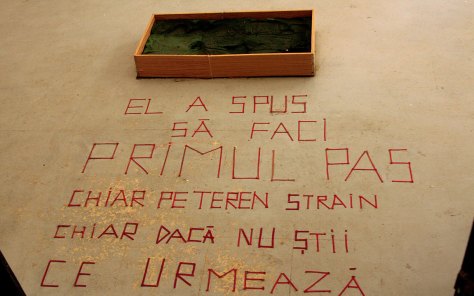
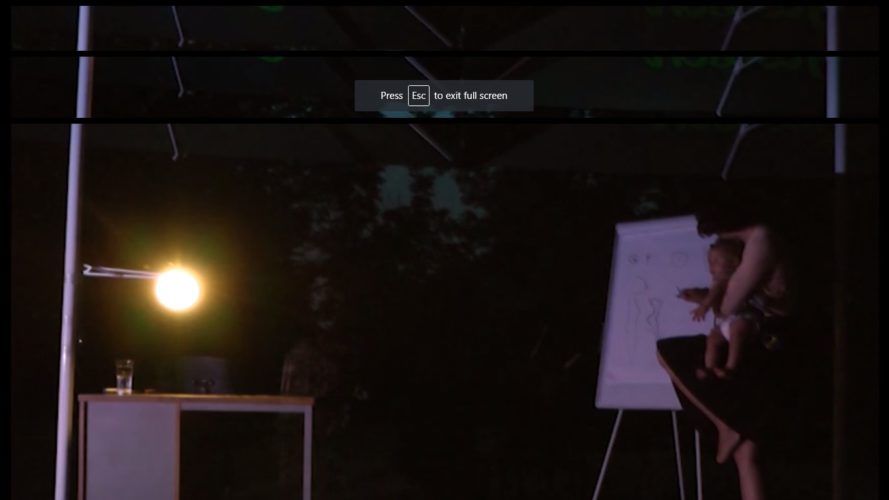
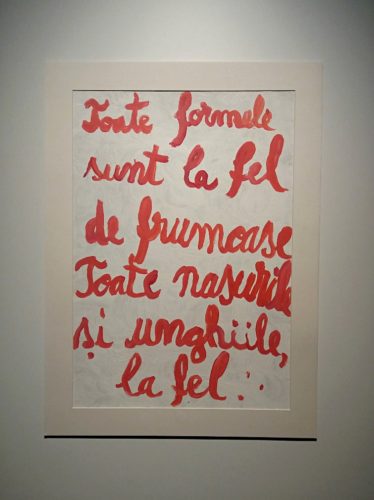
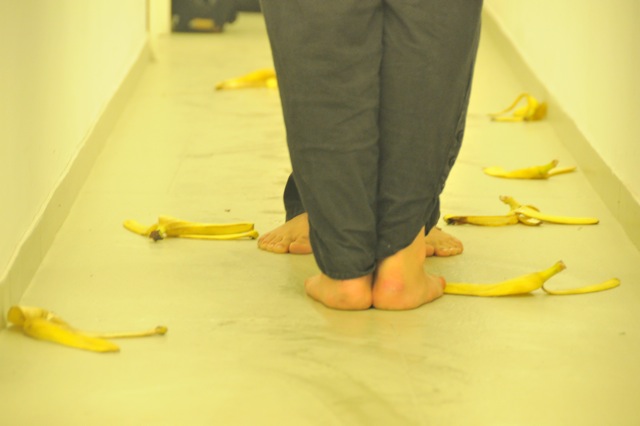
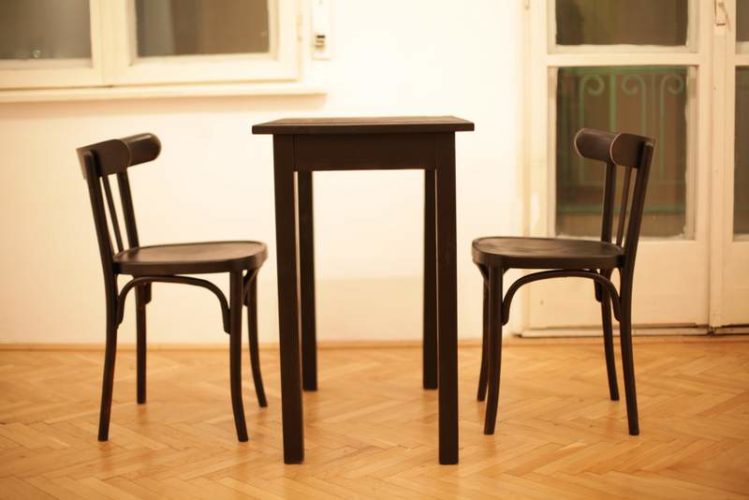
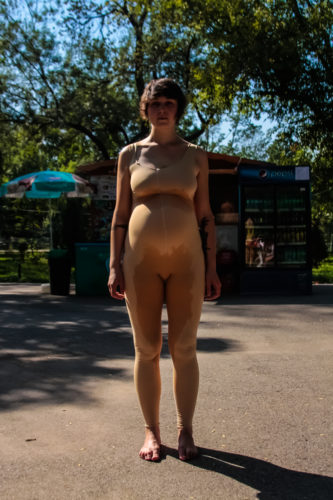
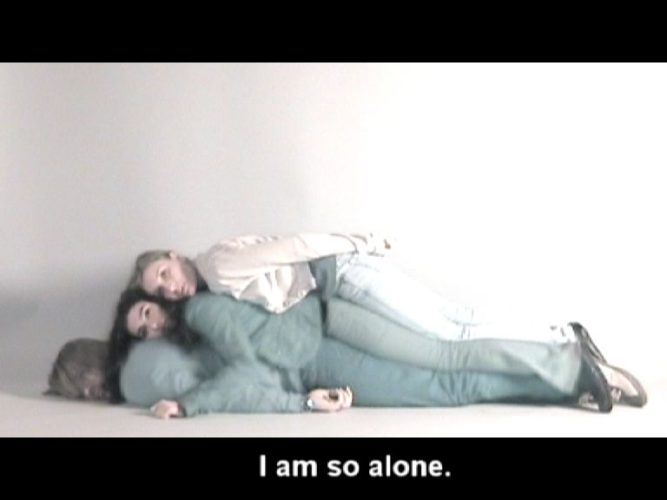
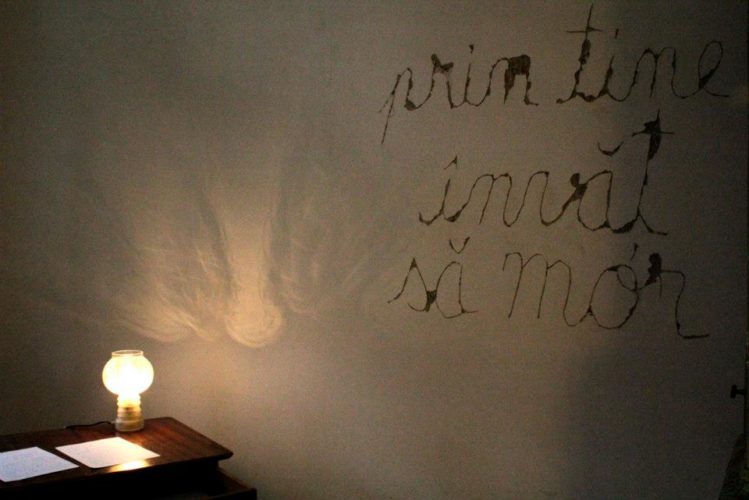
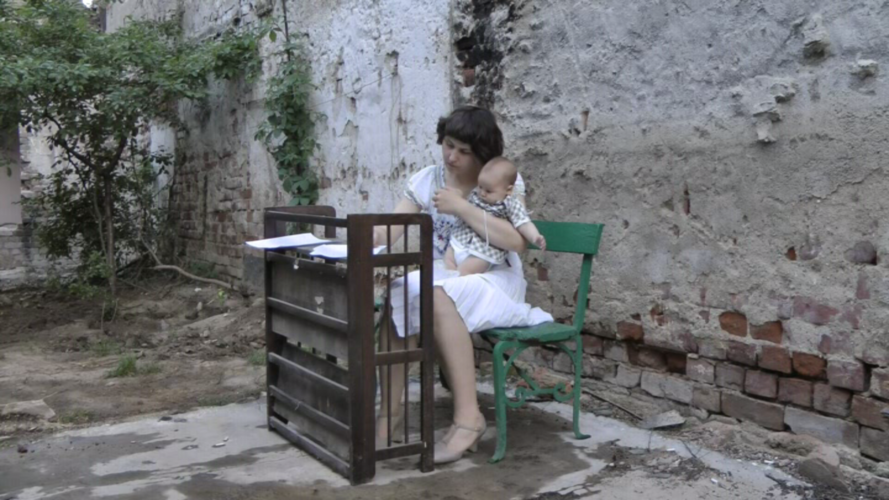
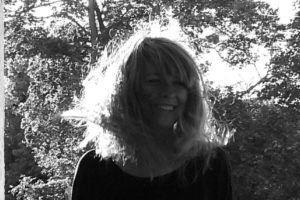
Comments are closed here.